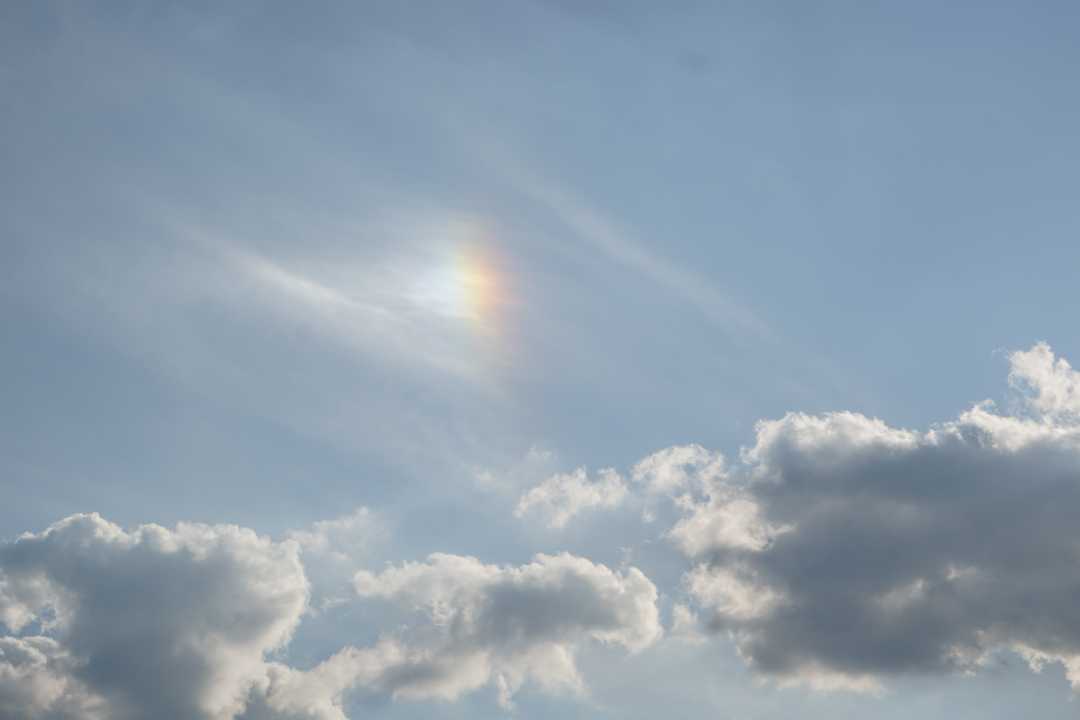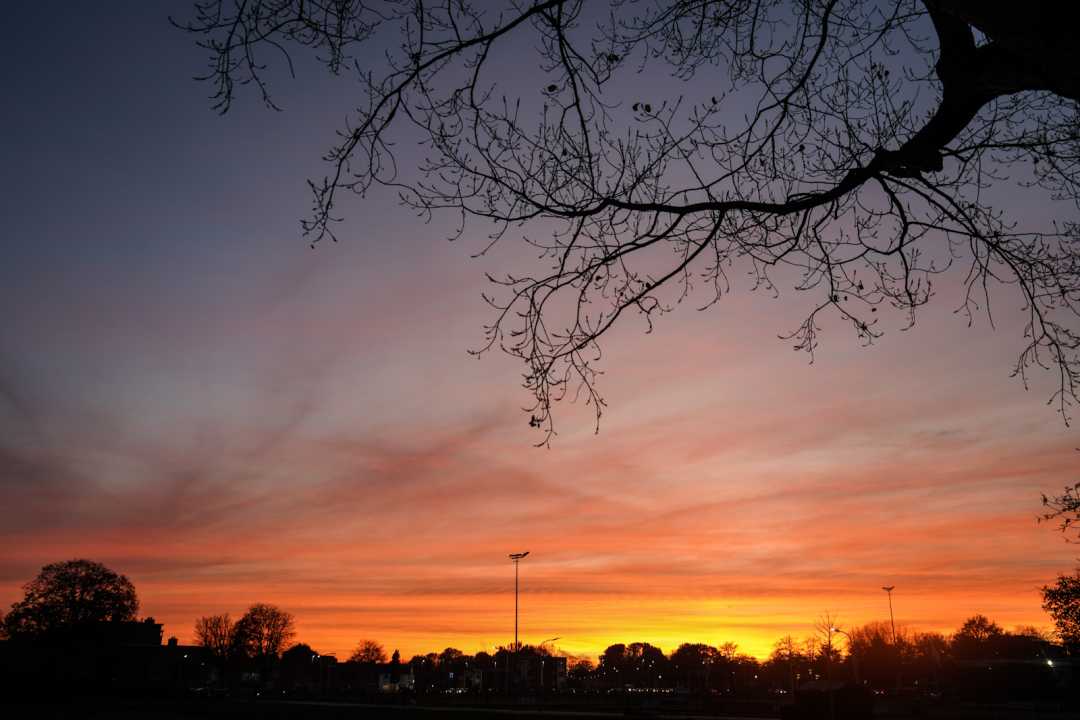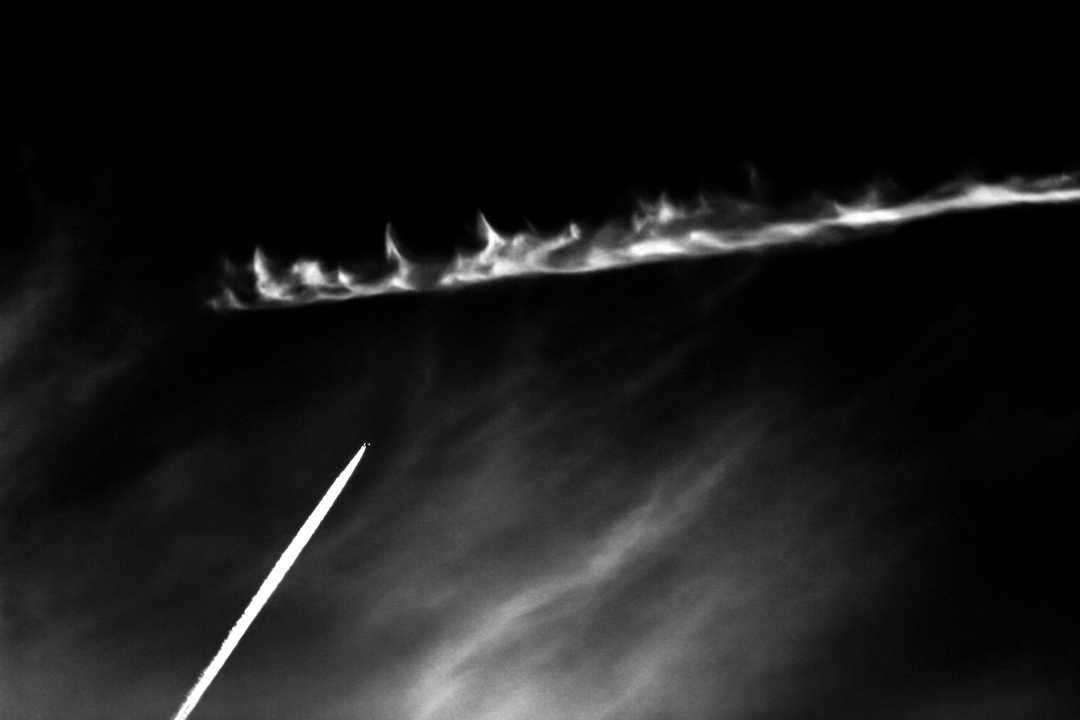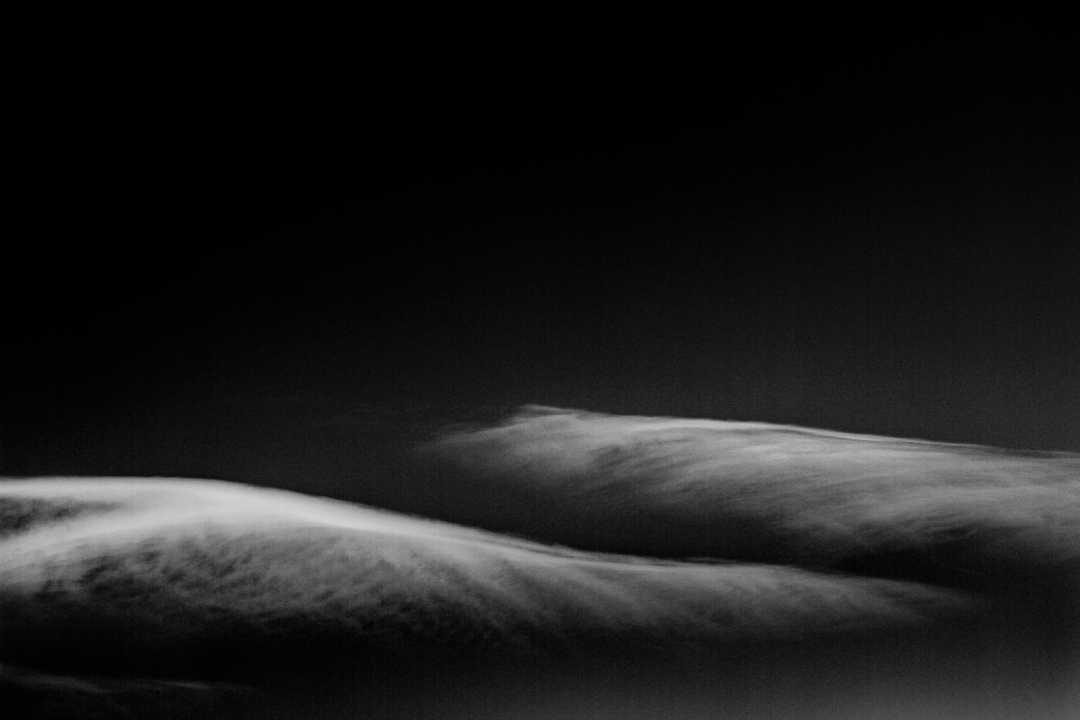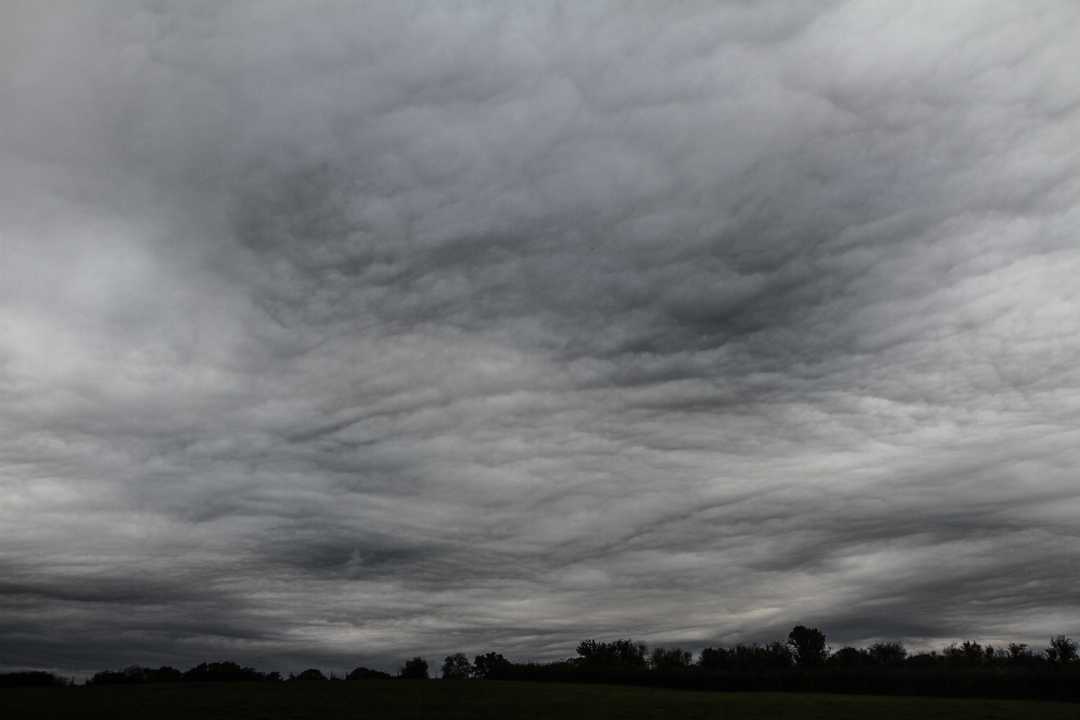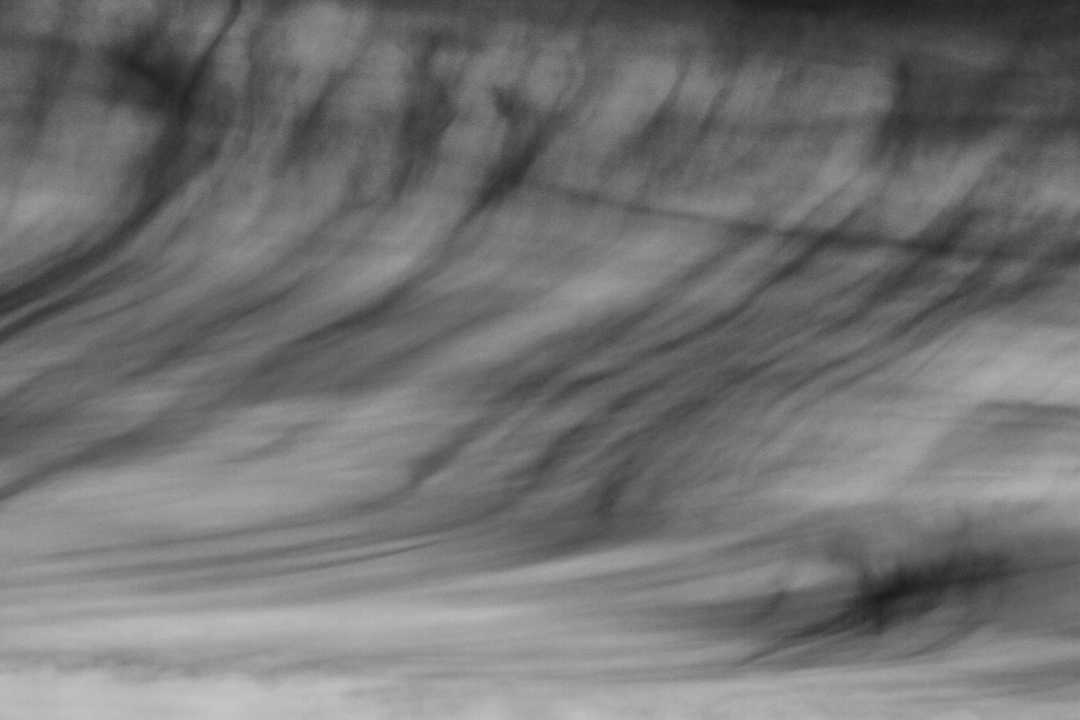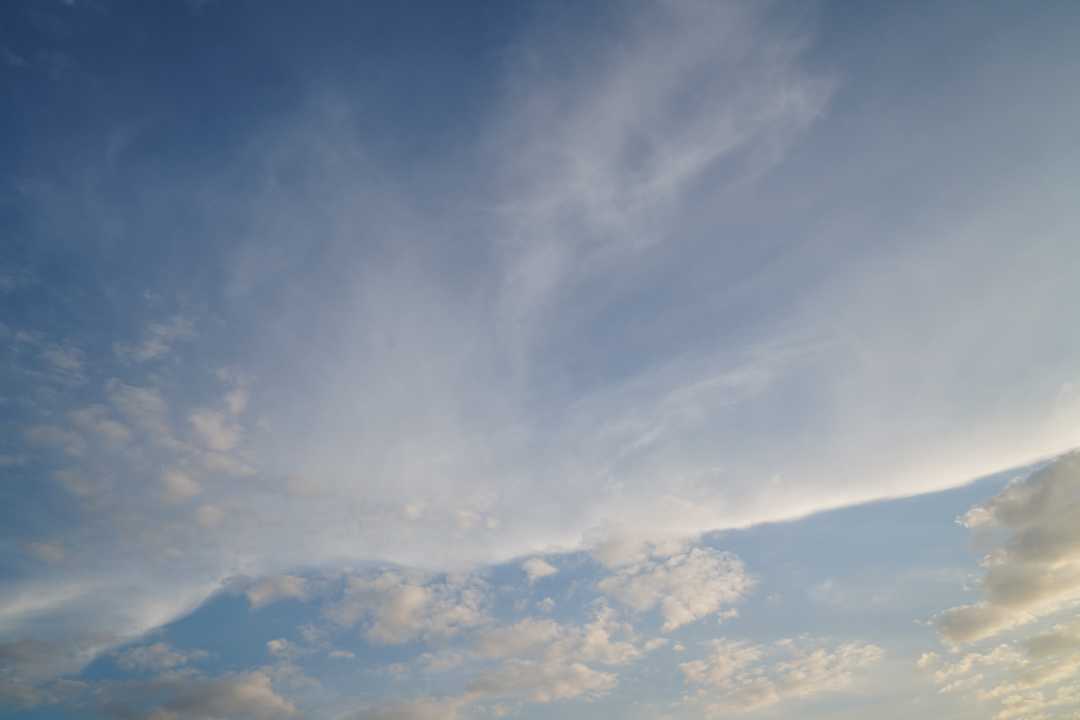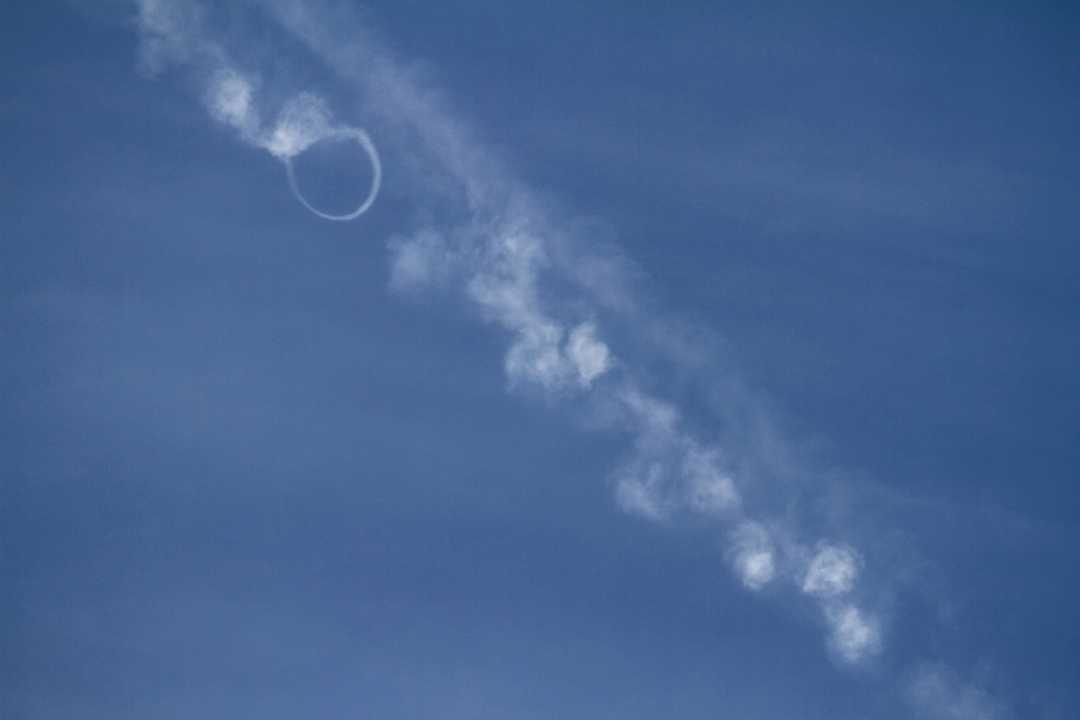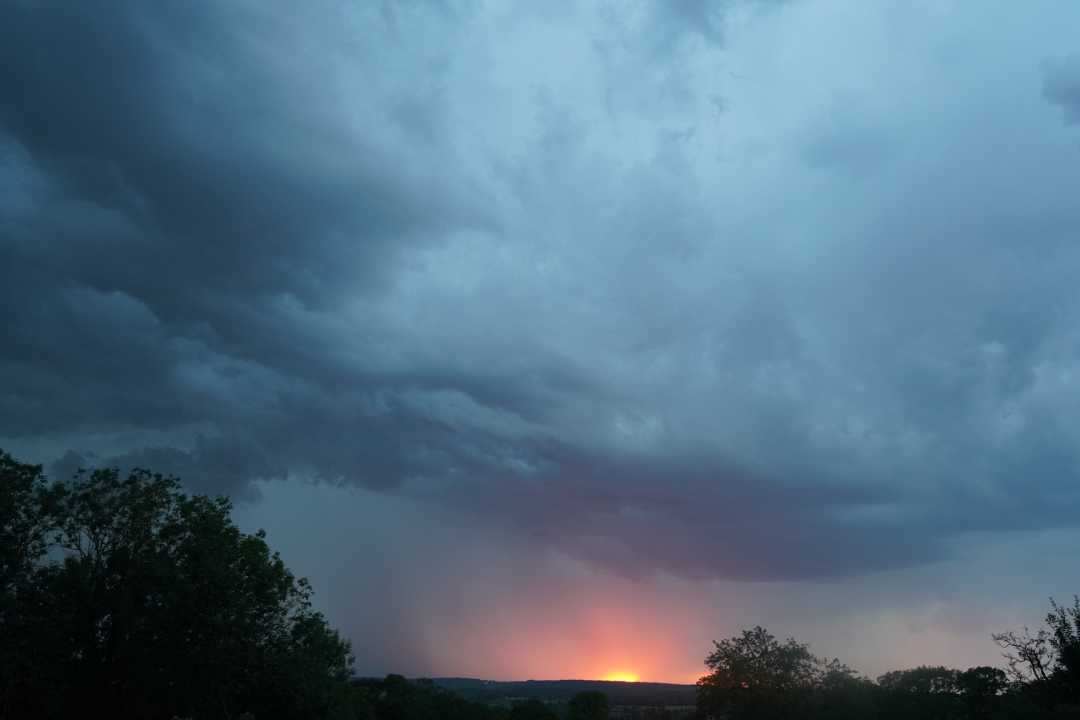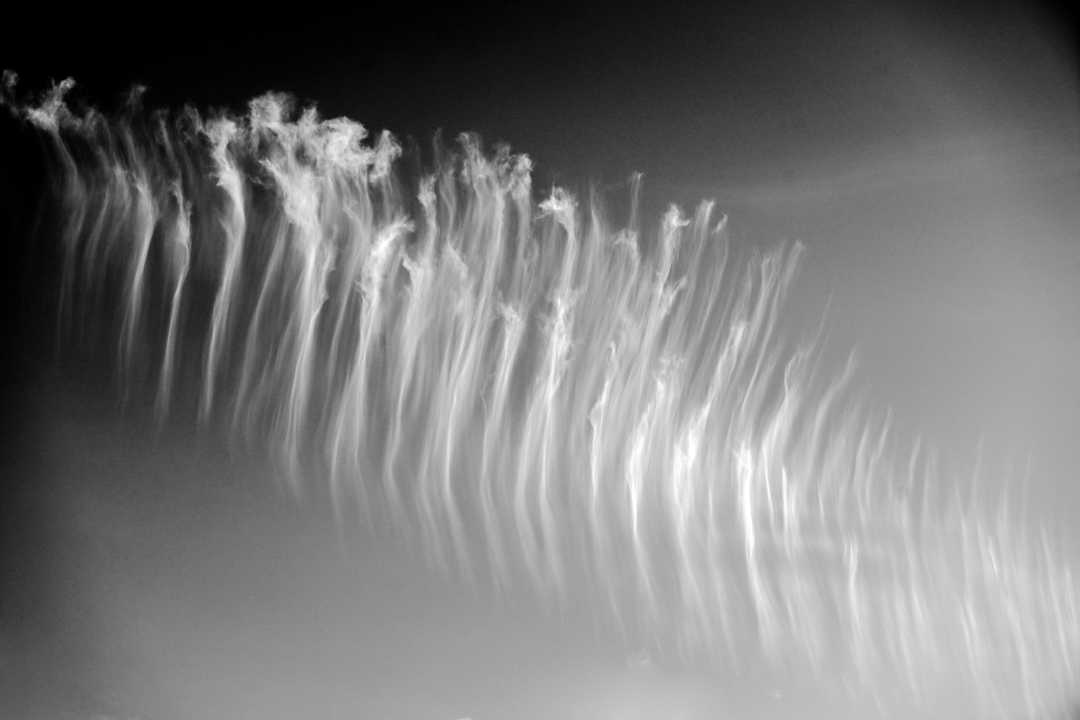Forum Replies Created
-
AuthorPosts
-
 Hans StockerParticipant
Hans StockerParticipantThanks Ruth. That’s a surprising corona in your Back Out At Night.

Walking The Sundog
 Hans StockerParticipant
Hans StockerParticipantWelcome Mark, you spotted a beautiful cloudscape with nice red colors at the horizon. Like Ruth I like the bird that hovers above the scenery. I know she also likes to spot birds in a cloudy environment. I know this is not a bird watching site but do you know what bird it was?
Great Evening Delight Ruth. Just the last glimpse of the sun.
Here’s a sunset without birds.

 Hans StockerParticipant
Hans StockerParticipantHello Ronna,
I don’t want to disappoint you, but I don’t see a fallstreak hole. I see a cirrus filled sky. A typical fallstreak hole shows a hole in a cloud layer and virga falling out of the hole ( so to speak). Did you already know about the Cloud Library (click on resources in the main menu of the CAS site). Here are some marvelous examples on fallstreak holes: cavum. I hope you like it.
A fallstreak hole can be seen in cirrocumulus but thta’s a rare one. Usually it appears in a layer of altocumulus. Where there are planes you can often spot fallstreak holes.
Hans
 Hans StockerParticipant
Hans StockerParticipantPlain And Simple shows a very elegant swirl. Love it.

Let’s take a look at that burning trail.
 Hans StockerParticipant
Hans StockerParticipantThanks for starting this new volume with such a great cirrus show, Michael.

Soft Clouds
 Hans StockerParticipant
Hans StockerParticipantJust like yours, Ruth, another ….

Crumpled Cloudscape
 Hans StockerParticipant
Hans StockerParticipantYou have my reaction on the identification help , Gregory.
You have to look well, but it is there…

Lowbow
 Hans StockerParticipant
Hans StockerParticipantThanks Ruth and Michael.

And Then Some Floss
 Hans StockerParticipant
Hans StockerParticipantYour #1338 is a very special one with its rows of mamma, Michael.

Veil
December 30, 2022 at 6:12 pm in reply to: Is this a cloudbow? How does this particular type form? #560254 Hans StockerParticipant
Hans StockerParticipantYou spotted a gorgeous partial cloudbow, Gregory. Nothing mysterious about this one in my opinion. In the same way a rainbow can be partial, also a fogbow can be partial. The bow is only there where the tiny droplets of the clouds in the middle reflect, refract and diffract the light to form the bow. I hope to spot one like that too…. next year?
 Hans StockerParticipant
Hans StockerParticipant
How to get this one through the eye of the needle?
 Hans StockerParticipant
Hans StockerParticipantAmazing pinks and purples in your #915 and #916 as well. Wizardry with colors for sure.
Your radiant display is overwhelming Keelin.
I love the soft tones and colors in your Holiday Morning, Ruth.
Magnificent beams Gregory in your Flowing Forth.

Last Glimpse
 Hans StockerParticipant
Hans StockerParticipantMichael, #248, #249 and #250 are very intriguing.
Keelin I love your Strange Landscape, definitely with some Cookie Dough.

A comb Of Hairy Cirrus Hans StockerParticipant
Hans StockerParticipantI found this link about the possibility of seeing a rainbow in the snow (a so called snowbow): Can snow form snowbows?.
The bow we see here is rather faint and colorless although there still are some reds and blues. This is a cloudbow or fogbow. The sizes of the droplets that make this bow appear, are smaller than the ones that usually form a rainbow with distinct colors. It is explained here: Cloudbow.
I hope you like it. Great image Ally!
December 20, 2022 at 8:49 am in reply to: Supralateral Arc? A friend took this today at Sugarbush ski area, Waitsfield, VT #558815 Hans StockerParticipant
Hans StockerParticipantHello Ann,
This is an amazing image. Is it right that it shows the same event as the image on the gallery by Chip Stone? Gallery
Yes I think we see a supralateral arc here (among many others). On the gallery it is classified as a 46 degrees halo. Always difficult to distinguish, but a rule of thumb is that the supralateral arc must touch the CZA, while the 46 degrees halo is a bit below. That’s why I think it is supralateral arc.
-
AuthorPosts


